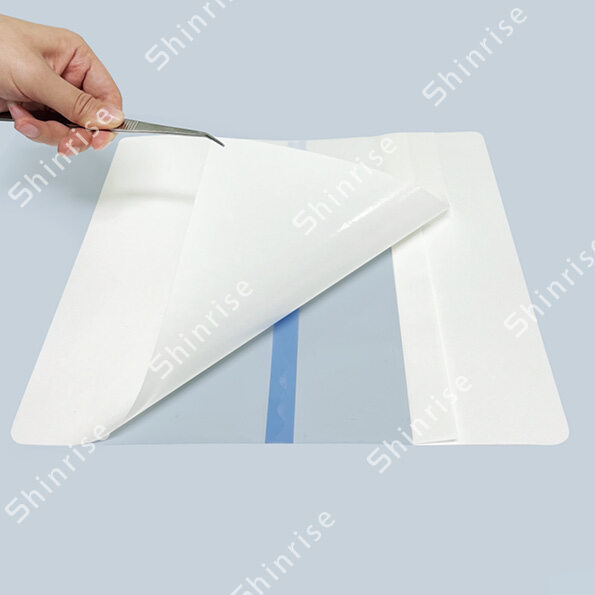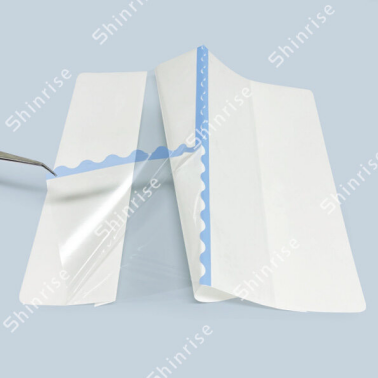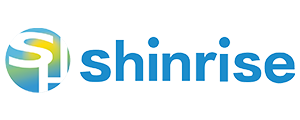Email cannot be empty
Password cannot be empty
Email format error
Email cannot be empty
Email already exists
6-20 characters(letters plus numbers only)
The password is inconsistent
Email format error
Email cannot be empty
Email does not exist
6-20 characters(letters plus numbers only)
The password is inconsistent


The Role of Transparent Dressing for NPWT
Wound care is a critical aspect of medical treatment, and advancements in technology have revolutionized the way we approach it. One of the most significant innovations in recent years is Negative Pressure Wound Therapy (NPWT). This technique uses controlled negative pressure to promote wound healing. A key component of effective NPWT is the use of appropriate dressings. Among these, transparent dressings for NPWT have emerged as a game-changer, offering numerous benefits for both healthcare providers and patients. Let’s explore why transparent dressings are essential for NPWT and how they can enhance wound care outcomes.
What is Negative Pressure Wound Therapy (NPWT)?
Negative Pressure Wound Therapy (NPWT) is a therapeutic technique used to promote wound healing. It involves applying a vacuum through a special sealed dressing, which removes exudate and infectious materials from the wound. This process helps to reduce swelling, increase blood flow, and promote the formation of granulation tissue, thereby accelerating the healing process.
Key Benefits of NPWT
Accelerated Healing: NPWT has been shown to speed up the healing of chronic and acute wounds by improving circulation and reducing edema.
Reduced Infection Risk: By removing exudate and infectious materials, NPWT lowers the risk of infection.
Decreased Hospital Stay: Faster healing times often result in shorter hospital stays, reducing healthcare costs and improving patient outcomes.
The Importance of Transparent Dressings in NPWT
Transparent dressings play a crucial role in the effectiveness of NPWT. They offer several unique advantages that enhance the overall wound care process.
Continuous Monitoring
One of the most significant benefits of transparent dressings is the ability to continuously monitor the wound without removing the dressing. This transparency allows healthcare providers to visually inspect the wound site, ensuring the NPWT is functioning correctly and the wound is progressing as expected.
Improved Seal and Adhesion
Transparent dressings for NPWT are designed to create an airtight seal over the wound. This seal is critical for maintaining the negative pressure environment necessary for effective therapy. The transparent nature of the dressing allows for precise placement and adjustment, ensuring optimal adhesion and function.
Features of High-Quality Transparent Dressings for NPWT
When selecting transparent dressings for NPWT, it is essential to consider several key features that ensure effectiveness and patient comfort.
Breathability and Moisture Control
High-quality transparent dressings are breathable, allowing for moisture vapor transmission while keeping external contaminants out. This breathability helps to maintain an optimal moisture balance in the wound environment, which is crucial for healing.
Flexibility and Comfort
The material of the dressing should be flexible enough to conform to the contours of the body, providing comfort to the patient while maintaining a secure seal. Comfort is particularly important for long-term use, as it encourages patient compliance with the therapy.
Durability and Strength
Transparent dressings must be durable and able to withstand the mechanical forces exerted by the NPWT device. They should resist tearing and maintain their integrity over the course of the therapy, ensuring consistent negative pressure application.
Application and Best Practices
Proper application of transparent dressings for NPWT is essential to maximize their benefits. Here are some best practices for applying these dressings:
Preparing the Wound Site
Before applying the dressing, it is crucial to thoroughly clean the wound site and surrounding skin. This preparation helps to ensure a strong adhesive bond and reduces the risk of infection.
Ensuring an Airtight Seal
Carefully apply the transparent dressing, ensuring it conforms to the wound’s contours and creates an airtight seal. Smooth out any wrinkles or air pockets to maintain the integrity of the negative pressure environment.
Regular Monitoring and Adjustment
Even with a transparent dressing, regular monitoring is necessary to ensure the dressing remains sealed and the NPWT is functioning correctly. If any issues are observed, adjustments should be made promptly to maintain therapeutic efficacy.
Advancements in Transparent Dressing Technology
The field of transparent dressings for NPWT is continually evolving, with new technologies and materials enhancing their effectiveness. Innovations such as antimicrobial coatings and advanced adhesive formulations are improving patient outcomes and expanding the applications of NPWT.
Antimicrobial Coatings
Some transparent dressings now feature antimicrobial coatings that provide an additional layer of protection against infection. These coatings can help to further reduce the bacterial load in the wound environment, promoting faster and safer healing.
Advanced Adhesives
New adhesive technologies are being developed to improve the durability and comfort of transparent dressings. These advanced adhesives provide a stronger bond while remaining gentle on the skin, reducing the risk of irritation and allergic reactions.
Conclusion
Transparent dressings for NPWT represent a significant advancement in wound care technology. Their ability to provide continuous visual monitoring, improved seal and adhesion, and patient comfort make them an invaluable tool in the healing process. As technology continues to evolve, we can expect even greater innovations in transparent dressing materials and design, further enhancing their role in effective NPWT. By incorporating high-quality transparent dressings into your wound care protocols, you can improve patient outcomes and streamline the healing process, ultimately advancing the standard of care in medical practice.

